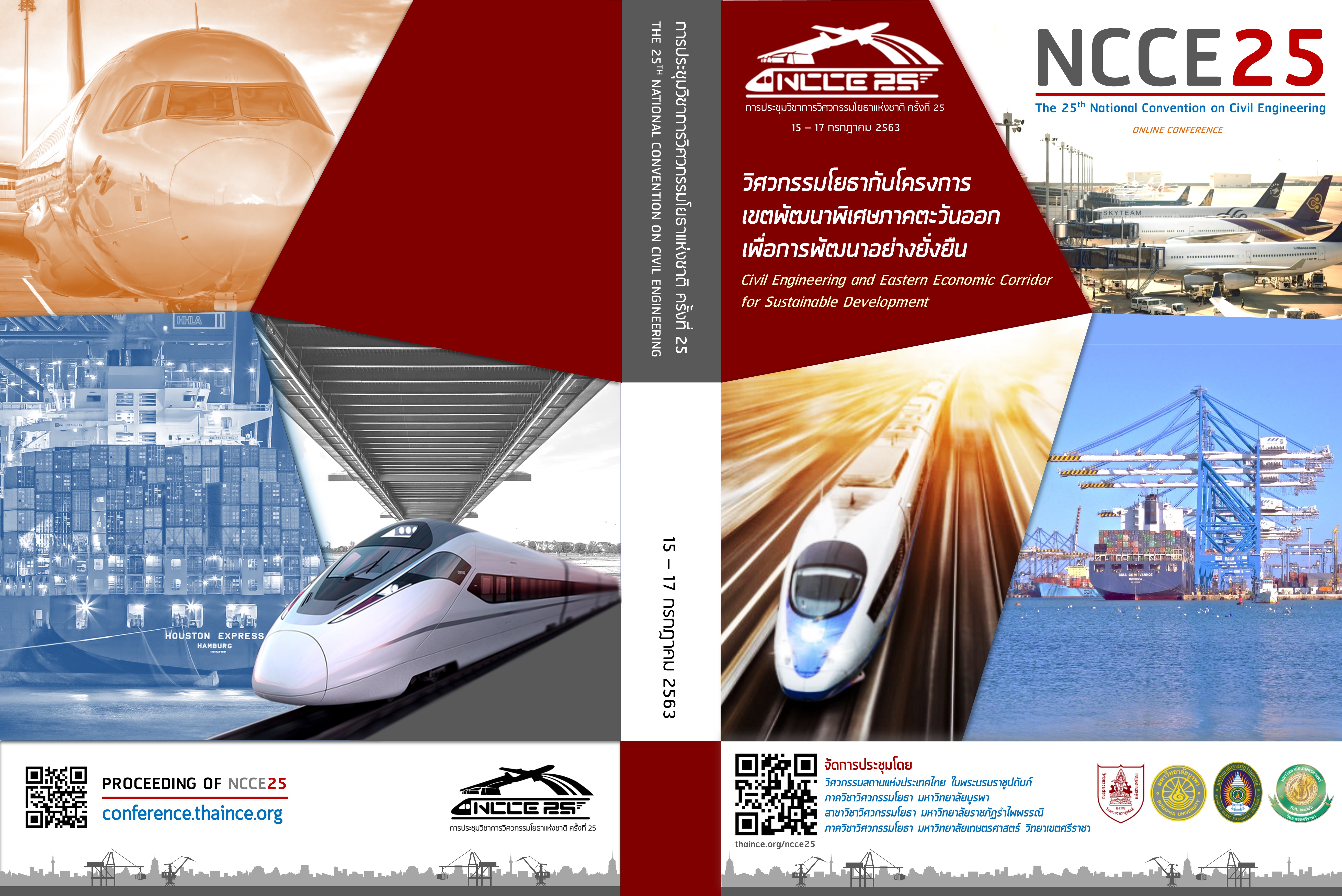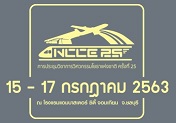Effect of new transit line on mode shift: A case study of BTS green line southern extension
Keywords:
Rail system, Travel Behavior, Mode ShiftAbstract
The opening of the BTS Skytrain extension caused the passenger to change the mode of transportation from other modes to the rail system. The purposes of this research were to study the travel behavior change and the factors affecting the trend of using the BTS Skytrain extension. The study area was Puchao Station to Kheha Station. A sample was selected from passengers of BTS Green Line Southern Extension who travel regularly. The purpose of the trip was home-based work or home-based education. The sample didn’t change residence, workplace, or school after the extension was opened. Data were collected via the questionnaires. The first part was the questions about travel behavior both before and after the opening of the extension. And the second part was the questions about factors affecting the trend of using BTS Skytrain extension, a scenario which had three components: the waiting time, changing train at Samrong Station, and fares. The study suggested that most of the samples traveled by public transport in the part. It can be divided into two groups: group traveling by BTS Skytrain as part of the trip and group traveling without BTS Skytrain. The result from scenario design showed that the increase of waiting time and fares, changing train at Samrong Station reduced the trend of using BTS Skytrain extension. Also, there were factors other than the service affecting the trend of using the BTS Skytrain extension as well.
Downloads
Downloads
Published
How to Cite
Issue
Section
License
บทความทั้งหมดที่ได้รับการคัดเลือกให้นำเสนอผลงานในการประชุมวิชาการวิศวกรรมโยธาแห่งชาติ ครั้งที่ 25 นี้ เป็นลิขสิทธิ์ของ วิศวกรรมสถานแห่งประเทศไทย ในพระบรมราชูปถัมภ์



